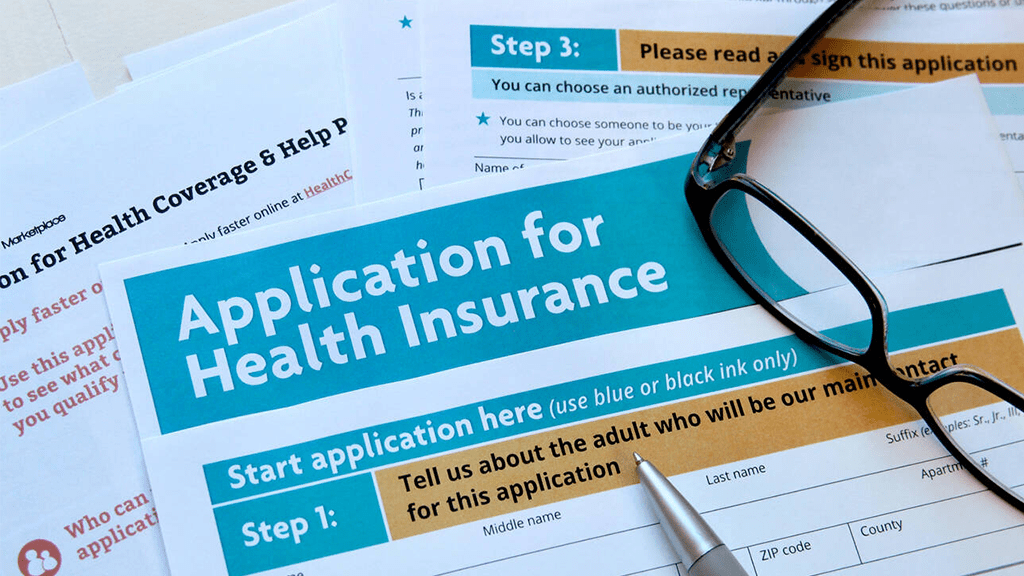

October 03, 2022 : A record number of Americans are protected by health insurance, with the national uninsured number reaching an all-time low of 8% in early 2022, as per the HHS.
That’s the half picture because states haven’t been able to conduct routine Medicaid eligibility checks during the public health emergency.
But countless insured Americans still toil to afford healthcare, which could decline once temporary pandemic rules expire, as per the survey.
“Holding health insurance is not enough to protect millions of Americans from elevated medical costs that are burdening them with bills they are unable to pay or debt they are working to pay off,” Commonwealth Fund President David Blumenthal spoke on a Wednesday call with reporters.
Eventually, half of those surveyed said they would not be able to pay an unanticipated $1,000 medical bill within 30 days, including 68% of low-income individuals, 69% of Black adults, and 63% of Latinx/Hispanic people.
Among those poorly insured, 9% were uninsured, 11% had a coverage void over the past year, and 23% had coverage that made accessing healthcare assistance unaffordable, the survey discovered.
Researchers also recognized “chronic uninsurance,” where the vast preponderance of uninsured people in the survey had been uninsured for a year or more, lead study author Sara Collins stated on the call.
Among those who misplaced or didn’t enroll in the individual market or marketplace coverage, most quoted being unable to afford plan premiums. For those uninsured individuals or those with a coverage gap who were formerly enrolled in Medicaid, loss of eligibility was the most often mentioned.
Almost a quarter of those with chronic health problems like diabetes stated out-of-pocket costs for prescription drugs caused them to neglect doses or not fill a prescription.
High costs won’t decline as inflation flows through the health sector and providers bargain for higher rates from insurers. Collins said insurers would endeavor to pass those higher costs onto employers and customers, potentially resulting in higher premium assistance, deductibles, and cost-sharing for employees in those programs.
She stated that could also lead to increased people being incapable of affording coverage and becoming uninsured or underinsured.
“It is feasible that a lot of employers will look at ways of reducing their costs as insurers are looking at ways of reducing the costs,” she said. “There is a big concern that people will pay more out-of-pocket for assistance, preventive services like colonoscopies, cancer or other cancer screenings.”